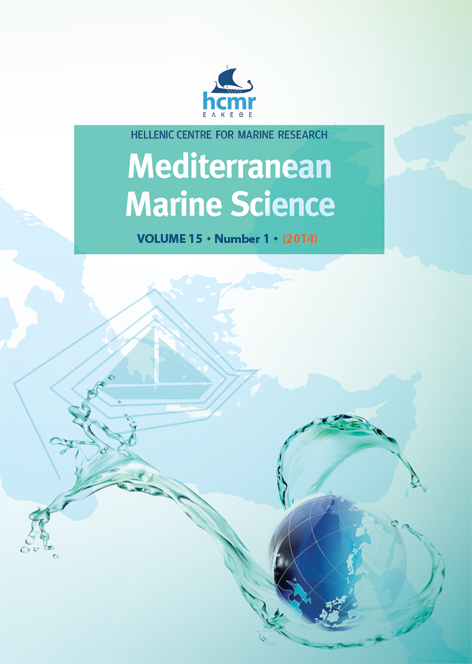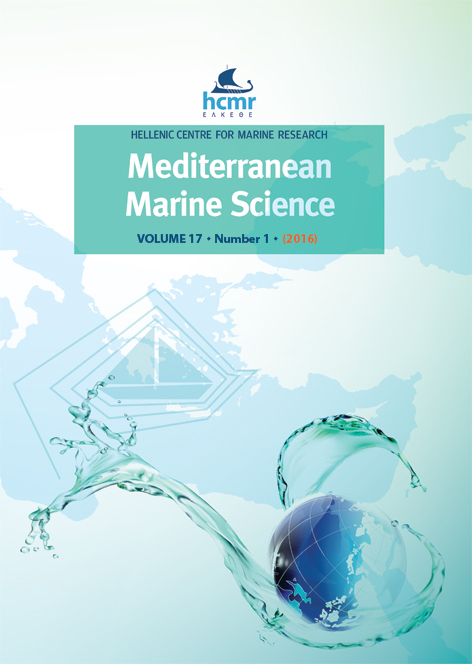Assessment of heavy metals pollution in the gulf of Gabes (Tunisia) using four mollusk species
Abstract
Since the establishment of the ‘Tunisian Chemical Group’ in Gabes city, Tunisia, no serious investigations were carried out about the heavy metal pollution in Gabes gulf. In the present study, the contents of four heavy metals were assessed in four mollusk species (two gastropods, Gibbula ardens and Patella caerulea, and two bivalves, Pinctada radiata and Pinna nobilis), collected from twelve coastal stations. The results obtained showed generally that high concentrations of heavy metals were recorded in the central area of Gabes gulf, nearer to Gabes city; the low concentrations were in contrast found at the edges of this gulf, which is probably due to the chemical pollution generated from the huge industry of phosphoric acid in Gabes city. Comparing the results found with the four examined species, the lowest concentrations were noted with the two bivalve species P. radiata and P. nobilis. The highest heavy metals’ concentrations, noted during this study, are comparable to the findings of other authors in other areas, but they are considerably beyond the standards. A remediation action is necessarily needed either by reducing the amount of heavy metals in the phosphgypums quantities thrown directly in the sea or by stopping completely this harmful industry to protect the marine life in the area. A remediation action is necessarily needed to protect the marine life in the area.
Article Details
- Zitationsvorschlag
-
RABAOUI, L., BALTI, R., ZRELLI, R., & TLIG-ZOUARI, S. (2013). Assessment of heavy metals pollution in the gulf of Gabes (Tunisia) using four mollusk species. Mediterranean Marine Science, 15(1), 45–58. https://doi.org/10.12681/mms.504
- Ausgabe
- Bd. 15 Nr. 1 (2014)
- Rubrik
- Research Article
Authors who publish with this journal agree to the following terms:
- Authors retain copyright and grant the journal right of first publication with the work simultaneously licensed under a Creative Commons Attribution Non-Commercial License that allows others to share the work with an acknowledgement of the work's authorship and initial publication in this journal.
- Authors are able to enter into separate, additional contractual arrangements for the non-exclusive distribution of the journal's published version of the work (e.g. post it to an institutional repository or publish it in a book), with an acknowledgement of its initial publication in this journal.
- Authors are permitted and encouraged to post their work online (preferably in institutional repositories or on their website) prior to and during the submission process, as it can lead to productive exchanges, as well as earlier and greater citation of published work (See The Effect of Open Access).







